Gemstones
Nature's colorful treasures that have captivated humanity for millennia.
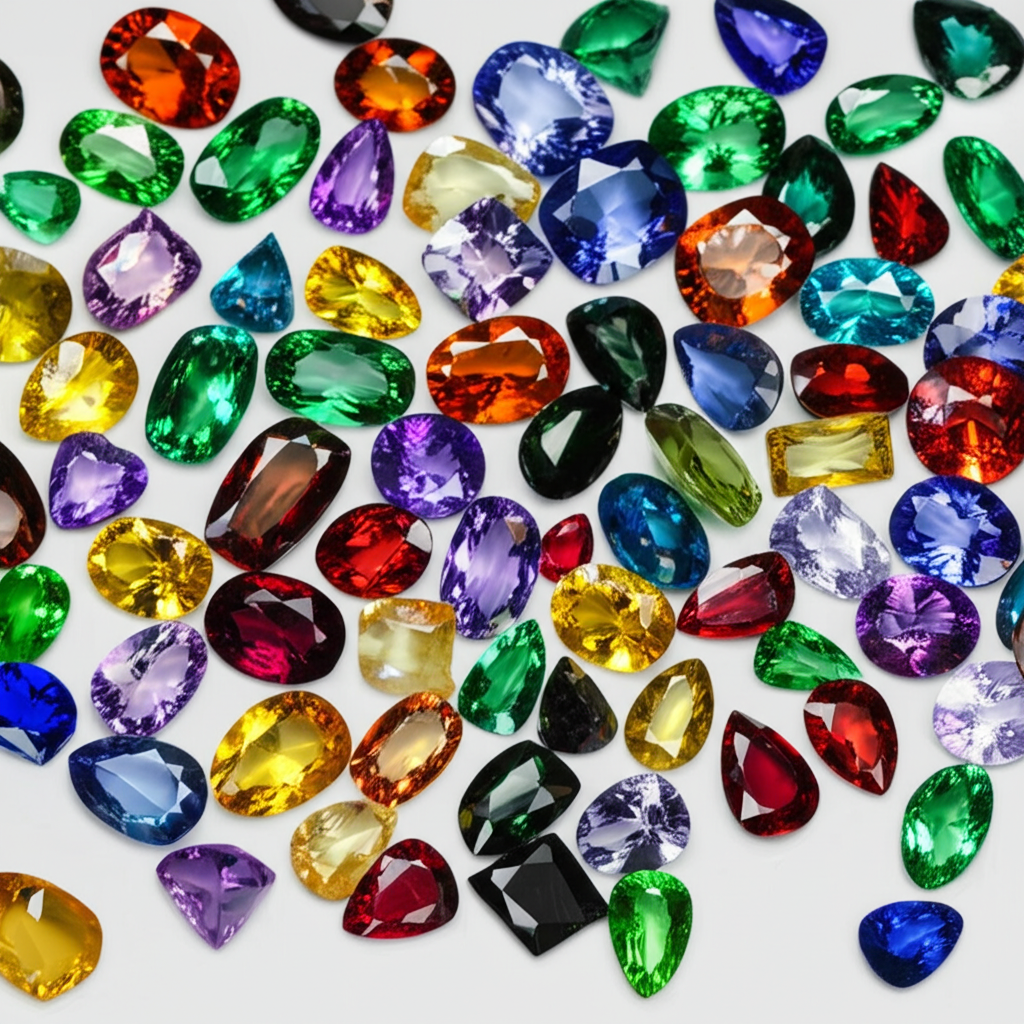
The Allure of Gemstones
Gemstones have fascinated humanity since prehistoric times, prized for their beauty, rarity, and perceived mystical properties. These naturally occurring minerals, when cut and polished, reveal extraordinary colors, patterns, and optical effects that have made them coveted treasures throughout history.
Beyond their aesthetic appeal, gemstones have carried profound cultural significance across civilizations. They've adorned royalty, symbolized power, represented spiritual beliefs, and marked important life events. Today, they continue to be central elements in fine jewelry, combining natural beauty with artisanal craftsmanship.
From the fiery brilliance of diamonds to the rich blue depths of sapphires, each gemstone variety offers its own unique characteristics and charm.
Gemstone Classification
Precious Gemstones
Traditionally, only four gemstones were considered "precious": diamonds, rubies, sapphires, and emeralds. These stones earned this distinction due to their exceptional hardness, rarity, and enduring appeal throughout history.
While the precious/semi-precious distinction is somewhat outdated in modern gemology (as some "semi-precious" stones can be rarer and more valuable than "precious" ones), these four gems continue to hold special status in the jewelry world.
Semi-Precious Gemstones
All other gemstones fall into the "semi-precious" category, though this term can be misleading as it encompasses stones of varying rarity, durability, and value. This diverse group includes amethyst, topaz, garnet, opal, aquamarine, tourmaline, peridot, and many others.
Semi-precious stones offer a wider range of colors, patterns, and optical effects than the "big four," providing jewelry designers with a vast palette of options for creative expression.
The "Big Four" Precious Gemstones
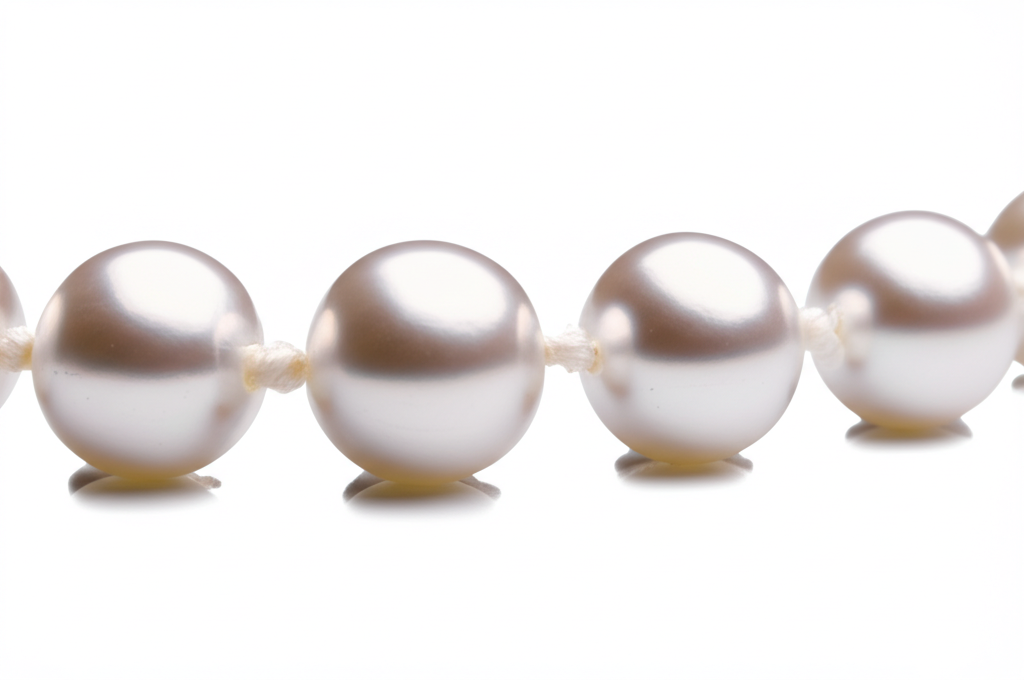
Diamond
The hardest natural substance on Earth, diamonds are formed deep within the Earth under extreme heat and pressure. Their exceptional brilliance and fire come from their ability to disperse white light into the colors of the spectrum.
Properties
- Hardness: 10 (Mohs scale)
- Color: Typically colorless, but can be found in various colors including yellow, brown, blue, pink, and black
- Source: Primarily South Africa, Russia, Botswana, Canada, and Australia
Symbolism
Represents enduring love, purity, and invincibility; traditional for engagement rings
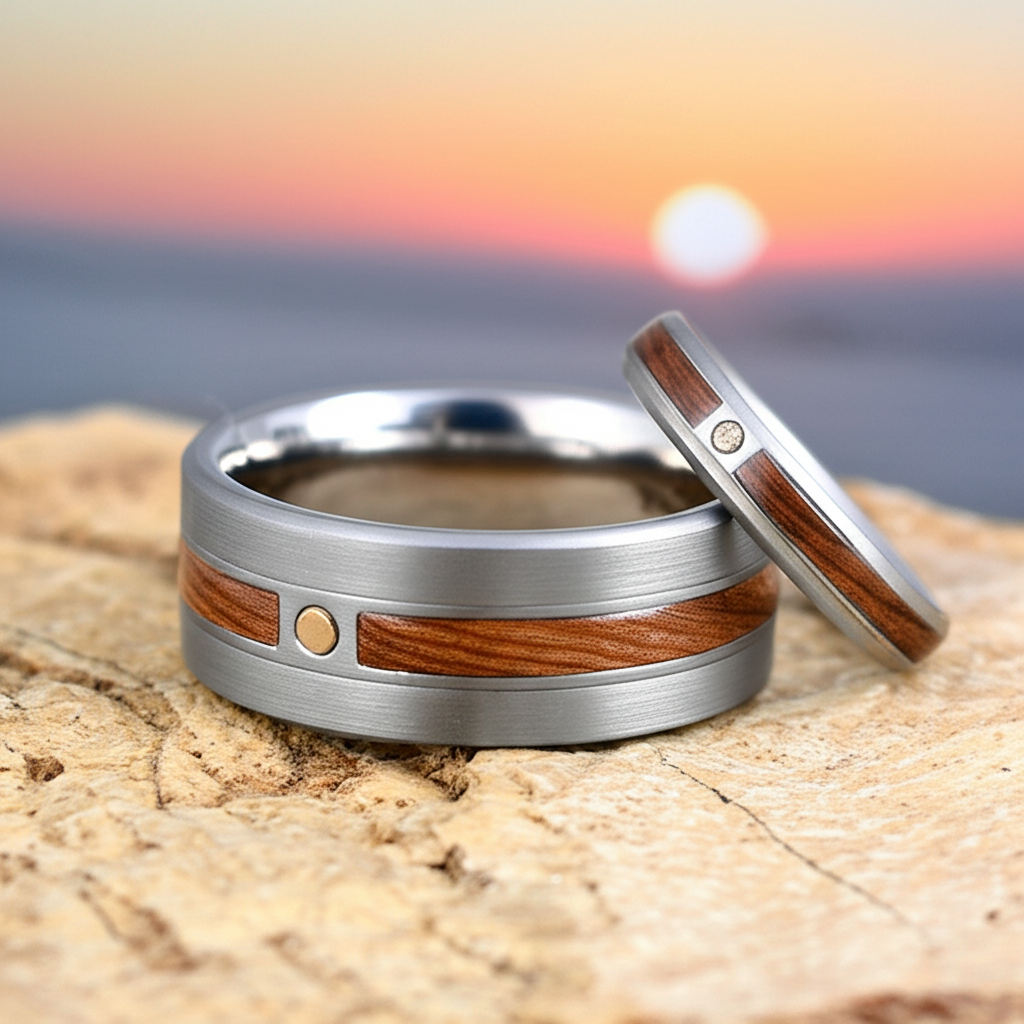
Ruby
Rubies are a variety of the mineral corundum, with their red color coming from chromium. The finest rubies have a pure, vibrant red to slightly purplish-red color, often described as 'pigeon blood red.'
Properties
- Hardness: 9 (Mohs scale)
- Color: Red (ranging from pinkish to bluish-red)
- Source: Myanmar (Burma), Thailand, Sri Lanka, Madagascar, and Mozambique
Symbolism
Associated with passion, protection, and prosperity; the birthstone for July
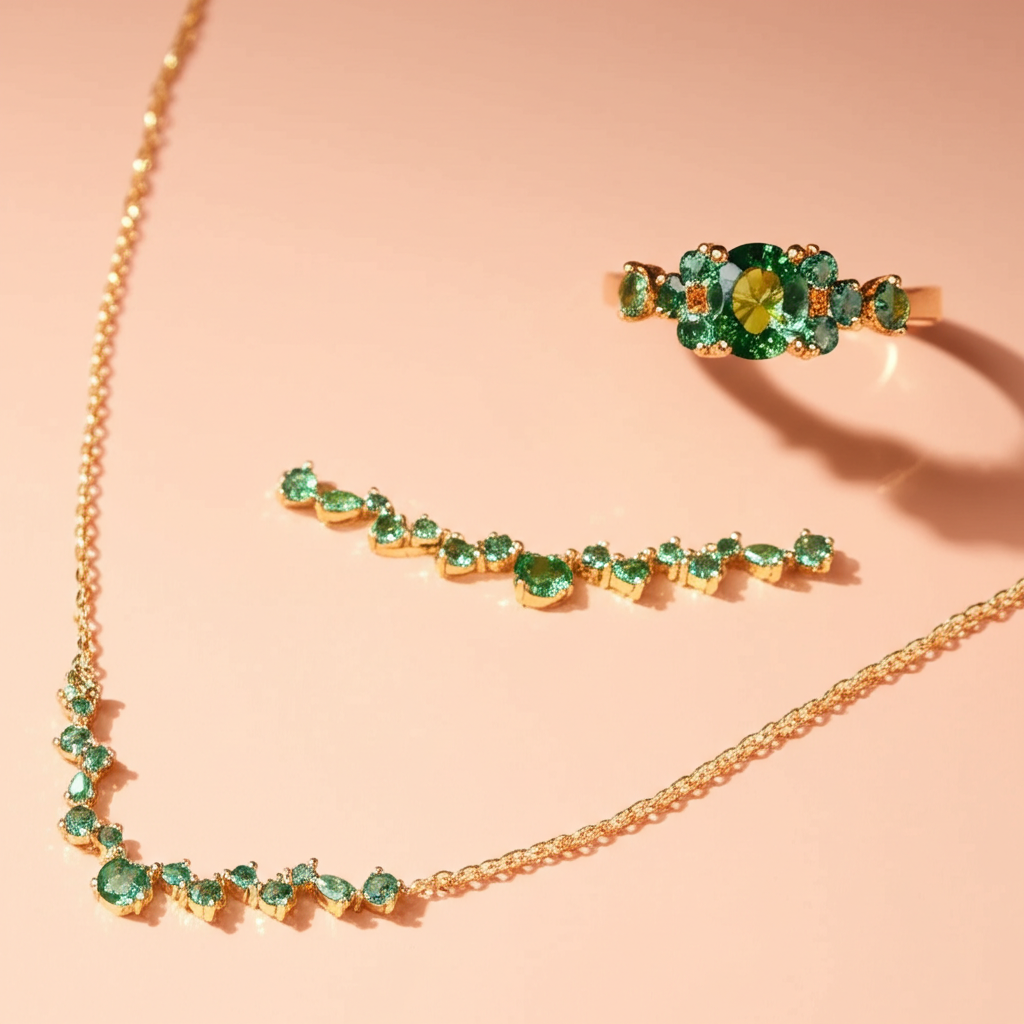
Sapphire
Like rubies, sapphires are a variety of corundum, with their blue color typically coming from iron and titanium. While most associated with blue, sapphires actually come in all colors except red (which would be a ruby).
Properties
- Hardness: 9 (Mohs scale)
- Color: Blue is most common, but available in nearly all colors except red
- Source: Kashmir, Myanmar, Sri Lanka, Madagascar, Australia, and Montana (USA)
Symbolism
Represents wisdom, loyalty, and nobility; the birthstone for September
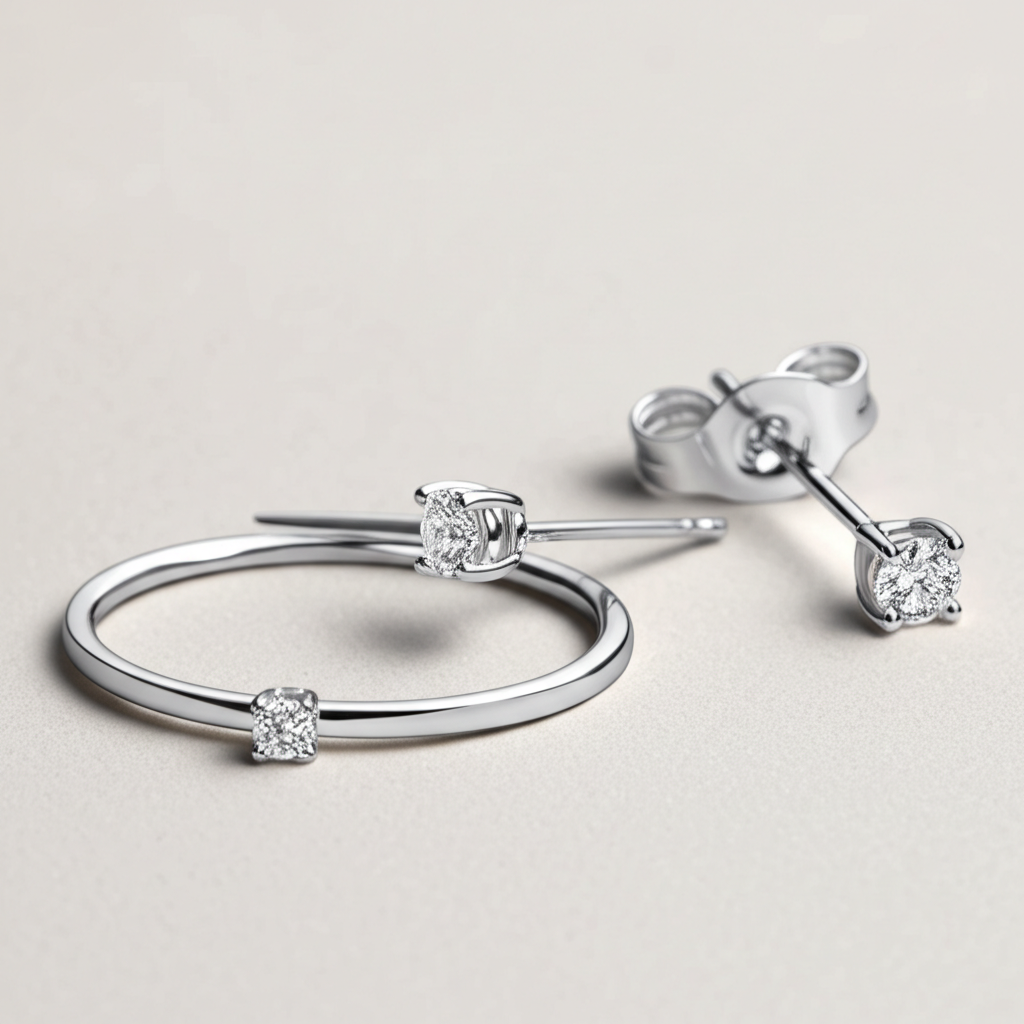
Emerald
Emeralds are a variety of beryl, with their green color coming from chromium and sometimes vanadium. They typically contain inclusions and surface-reaching fissures, making flawless emeralds extremely rare and valuable.
Properties
- Hardness: 7.5-8 (Mohs scale)
- Color: Green (ranging from yellowish to bluish-green)
- Source: Colombia, Zambia, Brazil, Zimbabwe, and Afghanistan
Symbolism
Symbolizes rebirth, fertility, and love; the birthstone for May
Popular Semi-Precious Gemstones

Amethyst
A purple variety of quartz, amethyst was once considered as valuable as rubies and sapphires until large deposits were discovered in Brazil. Its color ranges from pale lilac to deep purple.

Aquamarine
A blue to blue-green variety of beryl (same family as emerald), aquamarine gets its color from iron. The name comes from Latin meaning 'water of the sea,' reflecting its serene blue color.
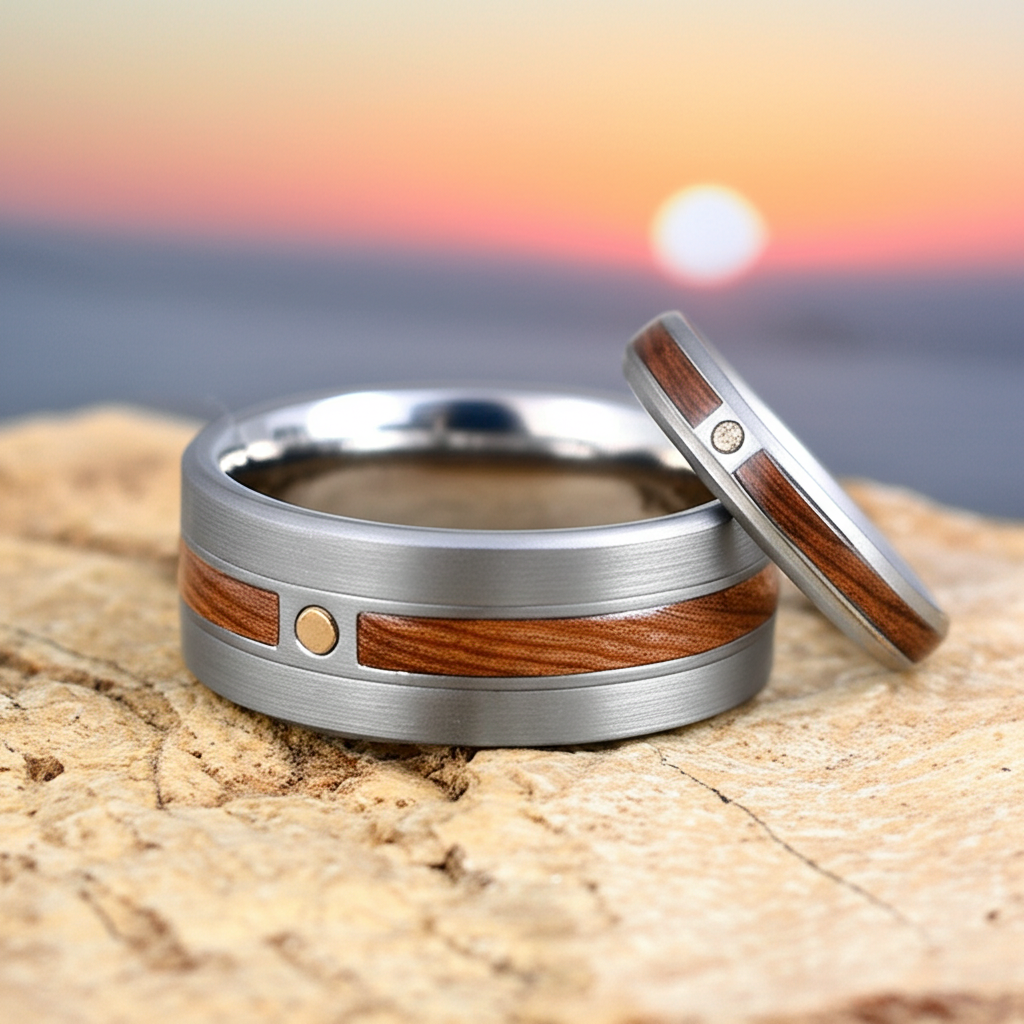
Citrine
A yellow to orange variety of quartz, citrine gets its color from iron. Natural citrine is rare; most commercial citrine is heat-treated amethyst or smoky quartz.
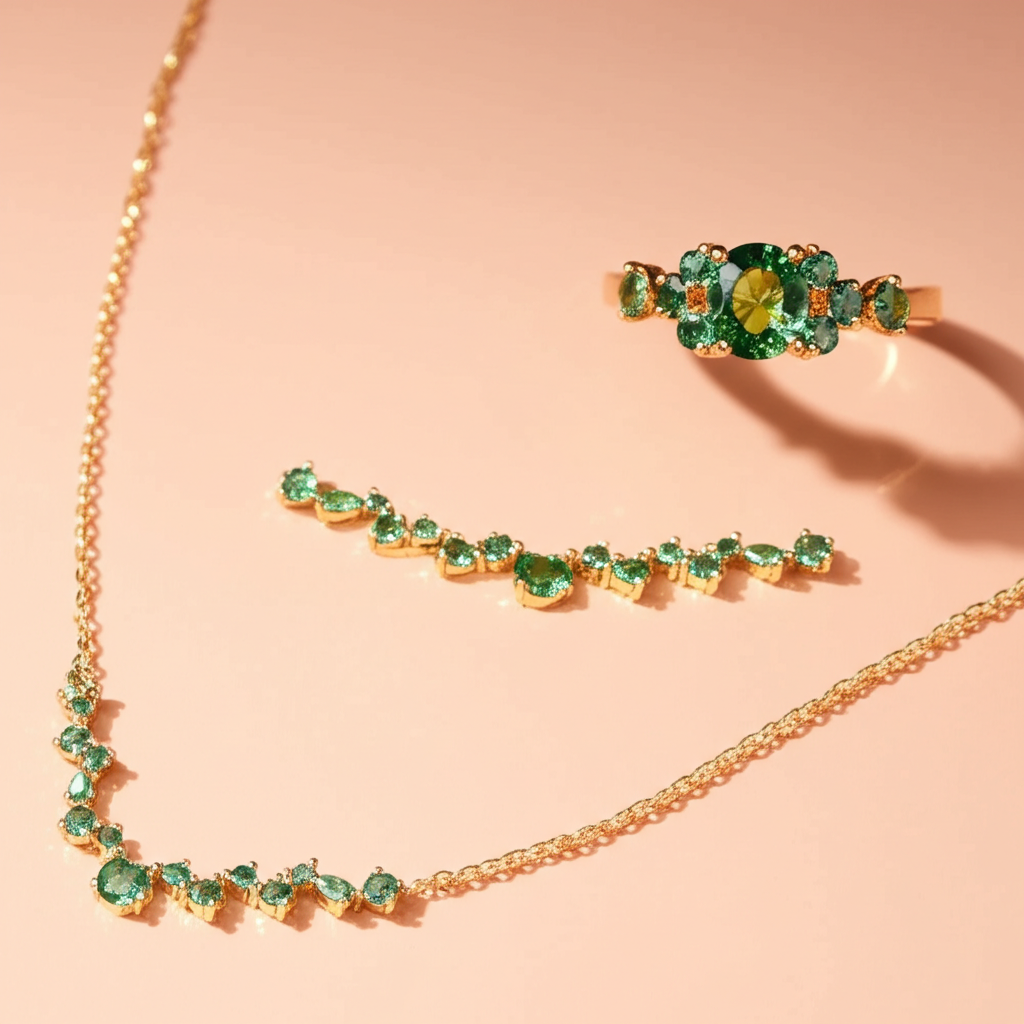
Garnet
Garnets are a group of minerals with similar crystal structures but varying chemical compositions, resulting in a range of colors. The most common is almandine, which is deep red.
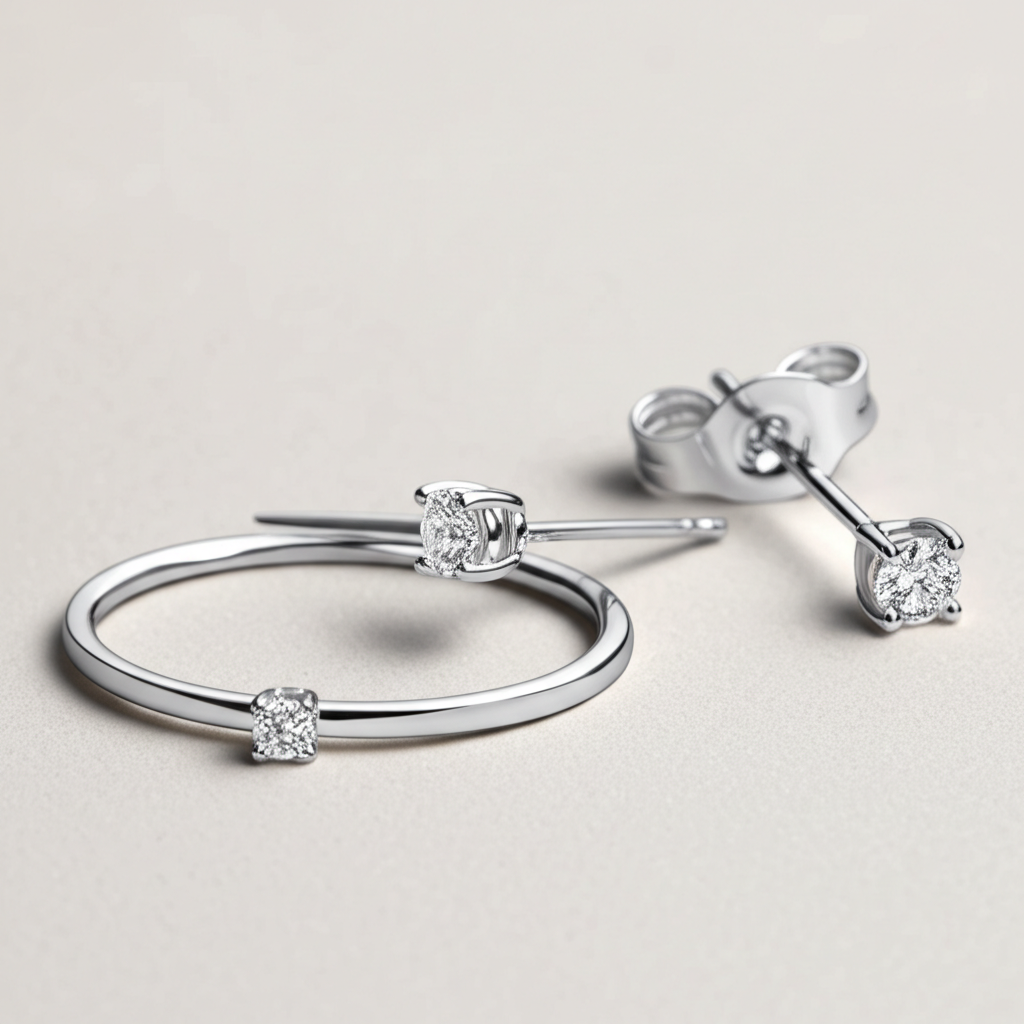
Opal
Opals are known for their play-of-color, where light diffracts through the microscopic silica spheres within the stone, creating flashes of spectral colors. They contain up to 20% water.
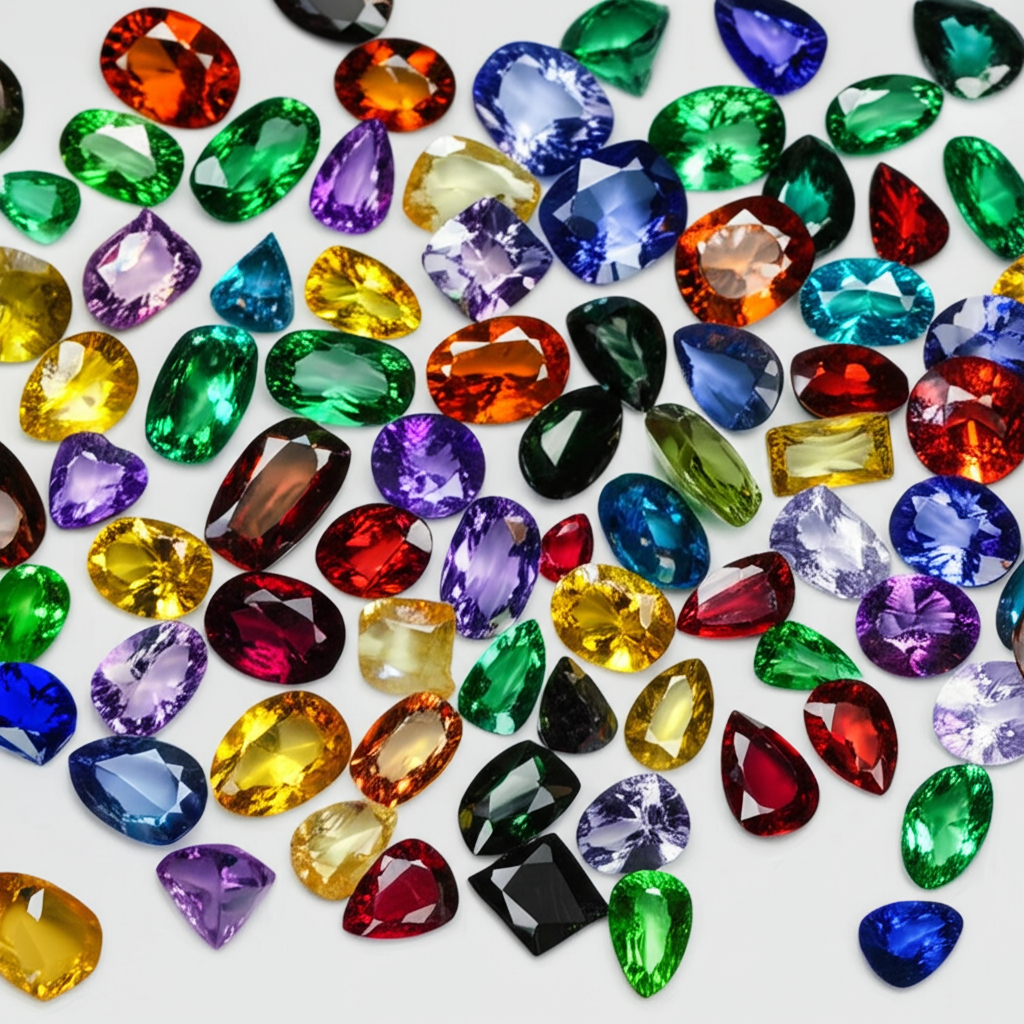
Peridot
One of the few gemstones that occurs in only one color, peridot is a variety of olivine. Its yellowish-green color comes from iron. Ancient Egyptians called it 'the gem of the sun.'

Tanzanite
Discovered in 1967 near Mount Kilimanjaro in Tanzania (its only source), tanzanite is a blue-purple variety of zoisite. It's known for its striking pleochroism, appearing different colors when viewed from different angles.
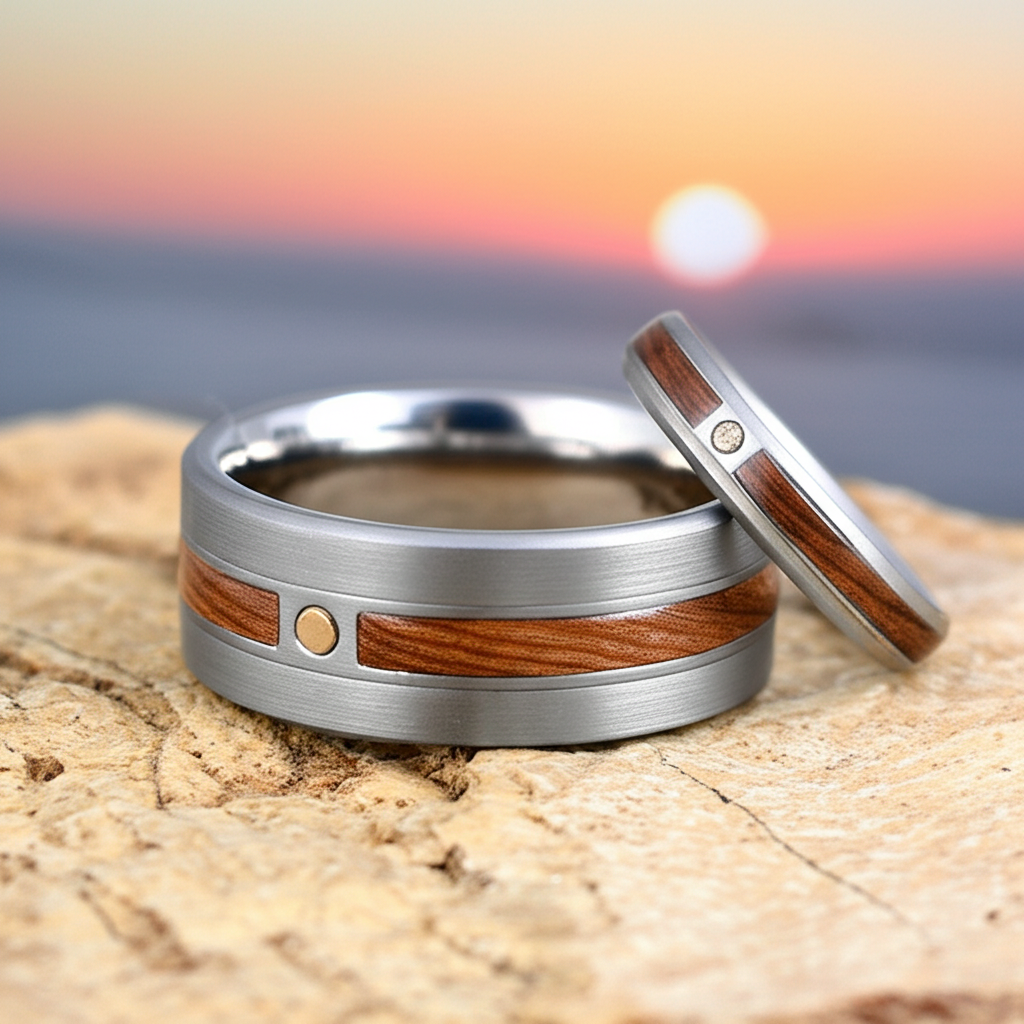
Topaz
Natural topaz is typically colorless, with colored varieties resulting from impurities or irradiation. Blue topaz, the most common variety today, is typically colorless topaz that has been irradiated and heat-treated.
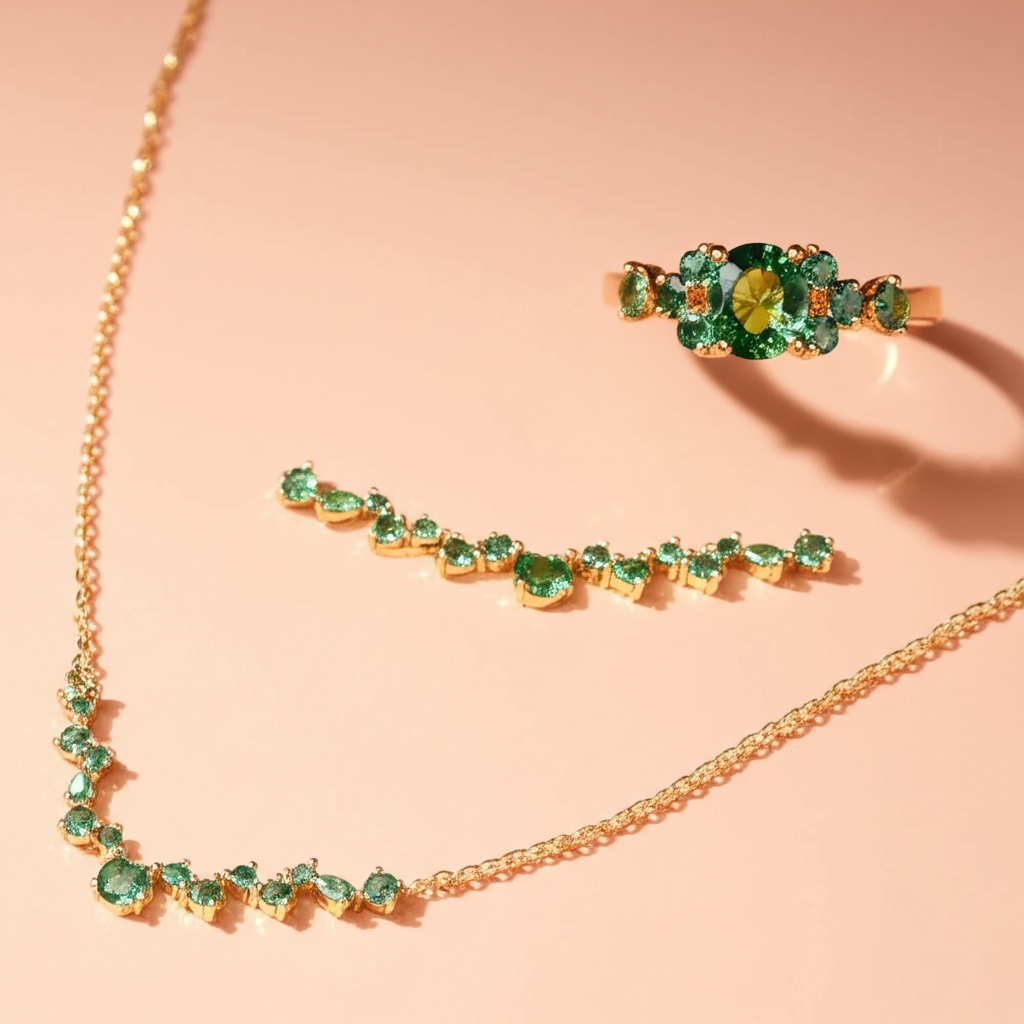
Tourmaline
Tourmaline occurs in more colors and color combinations than any other gemstone. Some crystals even show multiple colors within a single stone, known as 'watermelon tourmaline.'
Gemstone Properties and Grading
Color
The most noticeable property of a gemstone, color is described by hue (the basic color), tone (lightness or darkness), and saturation (intensity). The most valuable gems typically have pure hues and medium-dark tones with high saturation.
Clarity
Refers to the absence of inclusions (internal flaws) and blemishes (surface flaws). Some gems (like emeralds) almost always have inclusions, while others (like aquamarine) are typically eye-clean. The impact of inclusions on value varies by gem type.
Cut
Refers to both the shape (round, oval, emerald-cut, etc.) and the quality of the cutting, including proportion, symmetry, and polish. A well-cut gemstone maximizes brilliance, fire, and scintillation.
Carat Weight
The unit of measurement for gemstone weight, with one carat equal to 0.2 grams. Larger stones are typically more valuable per carat due to their rarity, though quality factors like color and clarity can outweigh size in determining value.
Hardness
A gemstone's resistance to scratching, measured on the Mohs scale from 1 (talc) to 10 (diamond). Harder stones are more suitable for everyday wear in rings and bracelets, while softer stones require more protective settings.
Refractive Index
Measures how light bends when passing through the gem, affecting its brilliance. Diamonds (2.42) and zircon (1.93-1.98) have high refractive indices, giving them exceptional sparkle compared to quartz (1.54-1.55).
Dispersion
The splitting of white light into spectral colors (fire). Diamond has high dispersion (0.044), creating the flashes of rainbow colors. Other gems with high dispersion include demantoid garnet and zircon.
Specific Gravity
The ratio of a gem's weight compared to an equal volume of water. This property helps identify gems, as each has a characteristic density. Amber is unusually light (1.08), while hematite is notably heavy (5.2).
The Mohs Scale of Hardness
Developed by German mineralogist Friedrich Mohs in 1812, the Mohs scale ranks minerals by their scratch resistance on a scale from 1 (softest) to 10 (hardest). This property is crucial for gemstones used in jewelry, as it indicates how well they'll withstand everyday wear.
| Hardness | Mineral | Gemstone Examples | Jewelry Suitability |
|---|---|---|---|
| 10 | Diamond | Diamond | Excellent for all jewelry types, including everyday wear |
| 9 | Corundum | Ruby, Sapphire | Excellent for all jewelry types, including everyday wear |
| 8 | Topaz | Topaz, Spinel | Very good for all jewelry types, including rings |
| 7 | Quartz | Amethyst, Citrine, Aventurine | Good for most jewelry, including occasional-wear rings |
| 6-6.5 | Feldspar | Moonstone, Labradorite, Opal, Tanzanite | Better for earrings, necklaces, or occasional-wear rings |
| 5-5.5 | Apatite | Turquoise, Lapis Lazuli | Best for earrings, pendants, or protected settings |
| 4 | Fluorite | Fluorite | Collector stones or very occasional wear in protected settings |
| 3 | Calcite | Pearl, Coral | Requires careful handling; best for occasional wear |
| 2 | Gypsum | Alabaster | Primarily for display or very careful occasional wear |
| 1 | Talc | Talc | Not suitable for jewelry |
Gemstone Treatments and Enhancements
Many gemstones on the market have undergone treatments to enhance their appearance. While these treatments are generally accepted in the industry, ethical sellers should always disclose them to buyers.
Heat Treatment
Applying heat to enhance or change color, improve clarity, or both. This is one of the oldest and most common treatments, often considered permanent and stable.
Common in: Sapphire, ruby, tanzanite, aquamarine, amethyst, zircon
Fracture Filling
Filling surface-reaching cracks with glass, resin, or other substances to improve appearance and sometimes durability. May require special care to maintain.
Common in: Emerald, diamond, ruby
Dyeing
Adding coloring agents to enhance or change a gemstone's color. Most common in porous gems. May fade over time with exposure to light or chemicals.
Common in: Jade, turquoise, coral, pearl, onyx
Irradiation
Exposing gems to radiation to alter their color. Often followed by heat treatment to stabilize the new color. Generally considered permanent when properly performed.
Common in: Blue topaz, diamond, tourmaline, pearl
Oil/Resin Impregnation
Filling microscopic pores with colorless oils or resins to improve appearance and sometimes stability. May require periodic retreatment as substances can dry out.
Common in: Emerald, jade, turquoise
Diffusion
Introducing coloring elements into the surface layer of a gem through high-temperature processes. Can be shallow or deep depending on the process.
Common in: Sapphire, ruby
Caring for Gemstone Jewelry
General Care Guidelines
- Store gemstone jewelry separately to prevent scratching.
- Remove jewelry before physical activities, swimming, or using household chemicals.
- Clean regularly with mild soap, warm water, and a soft brush.
- Have professional cleaning and inspection annually.
- Avoid ultrasonic cleaners for treated gems or those with inclusions.
Special Considerations
- Soft gems (opal, pearl, amber): Avoid heat, chemicals, and prolonged sunlight.
- Porous gems (turquoise, lapis lazuli): Keep away from oils, perfumes, and cosmetics.
- Treated gems: Follow specific care instructions based on the treatment type.
- Emeralds: Most contain natural fissures; clean gently and avoid pressure.
- Pearls: Wipe with a soft cloth after wearing; store separately from other jewelry.
Birthstones by Month
January
Represents friendship, trust, and constancy
February
Symbolizes peace, protection, and tranquility
March
Represents serenity, courage, and eternal youth
April
Symbolizes purity, strength, and everlasting love
May
Represents rebirth, wisdom, and growth
June
Symbolizes purity, innocence, and faith
July
Represents passion, protection, and prosperity
August
Symbolizes strength and good fortune
September
Represents wisdom, loyalty, and nobility
October
Symbolizes hope, creativity, and innocence
November
Represents love, affection, and strength
December
Symbolizes success, personal protection, and good fortune